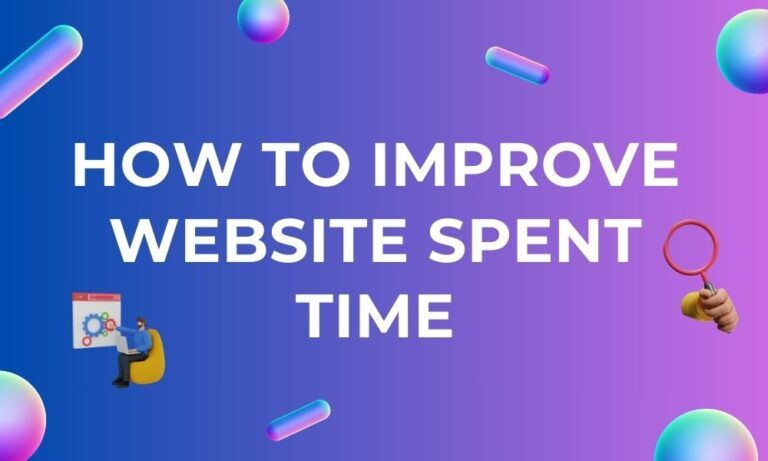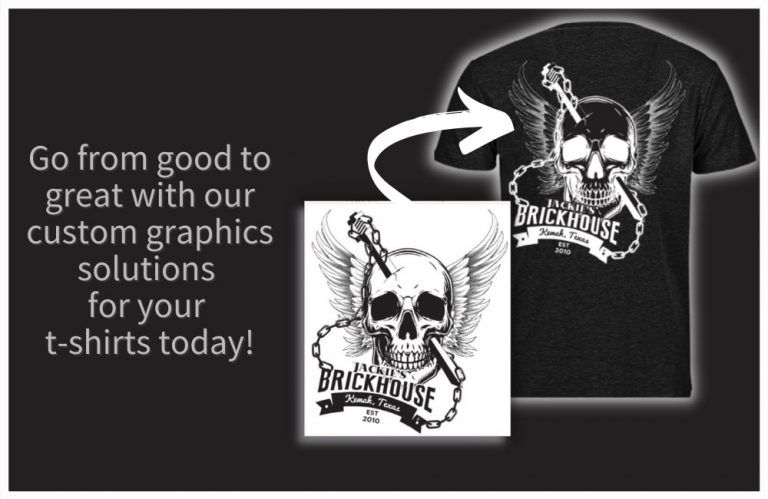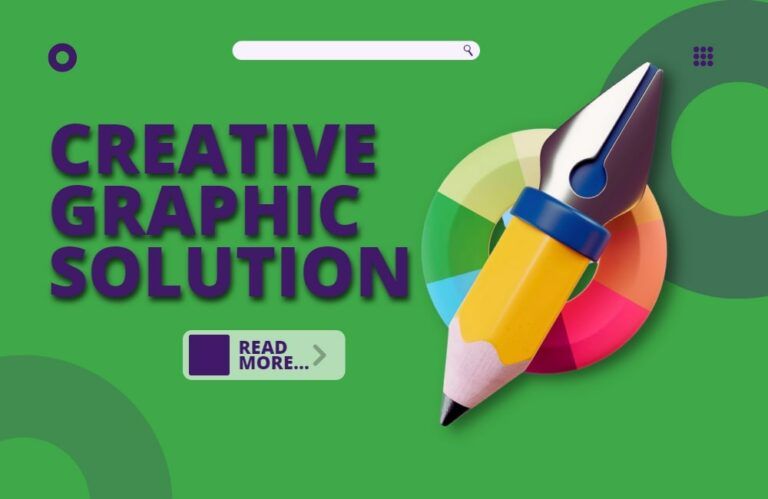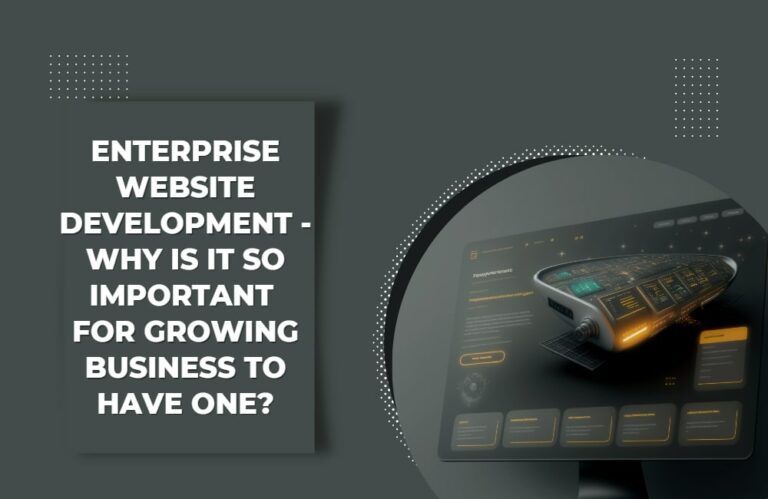Redesign Your Website: A Comprehensive Guide
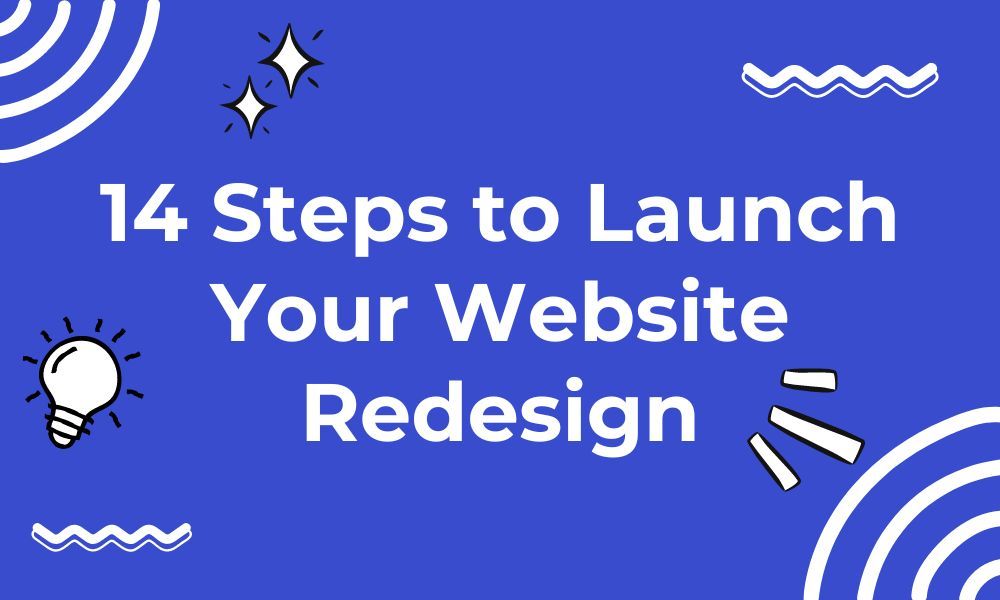
When it comes to the digital landscape, your website should be the first point of the contact with potential customers. It’s the online face of your business, conveying your brand identity, products, and services.
This is where the concept of website redesign comes into play. Redesigning a website is not just about aesthetics; it’s about enhancing user experience, improving functionality, and staying relevant in a competitive online market.
In this comprehensive guide, we’ll delve into every aspect of website redesign, providing you with the tools and insights to undertake this transformative journey.
What is Website Redesign?
Website redesign involves overhauling and updating your existing website to achieve specific goals. These goals can range from enhancing the user experience and improving aesthetics to optimizing for search engines and accommodating technological advancements. It’s a strategic process that goes beyond changing colors and fonts – it’s about creating a more engaging, effective, and user-friendly digital platform.
Website Redesign vs. Website Refresh
Before we dive into the intricacies of website redesign, it’s essential to differentiate between a website redesign and a website refresh. A refresh involves making minor adjustments to your website’s appearance and functionality, often to keep up with current design trends. On the other hand, a redesign is a more extensive process that may involve structural changes, complete design overhauls, and even shifts in branding.
6 Key Times and Reasons to Consider a Website Redesign

A website redesign can be a significant undertaking, so it’s essential to have clear reasons for embarking on this journey. Here are six compelling reasons to consider a website redesign:
1. Rebranding or Repositioning
If your business has gone through a rebranding or has shifted its positioning in the market, your website should reflect these changes. A consistent brand message across all touchpoints, including your website, is crucial for building trust and recognition.
2. Launch of a New Product or Service
When introducing new products or services, your website should be updated to showcase these offerings effectively. A redesign can help you create dedicated landing pages that highlight the benefits of your latest offerings.
3. Adding More Functionality to a Website
As technology evolves, new features and functionalities become available. Redesigning your website allows you to integrate these enhancements and provide a seamless and innovative user experience.
4. Optimizing for Conversions Based on Data-Backed Insights
Analyzing user behavior and data can reveal opportunities for improving your website’s conversion rate. A redesign gives you the chance to implement data-backed changes that encourage users to take desired actions.
5. Revamping for a Responsive Web Design
In today’s world, having a responsive website is crucial. If your website is not mobile-friendly, redesign it for a consistent user experience.
6. Improving SEO and Site Performance
The rules and guidelines for search engines are always in a state of flux. A website redesign offers the chance to optimize your site’s structure, content, and technical elements for improved search engine rankings and overall performance.
14 Steps to Launch Your Website Redesign

Launching a successful website redesign requires careful planning and execution. Here’s a step-by-step guide to help you navigate the process:
Step 1: Conduct User Research and Analyze Your Current Website
Before making any changes, it’s essential to understand how users currently interact with your website. collect information on how users interact, their challenges, and what they like
Step 2: Set Clear Goals and Key KPIs
Define the objectives you aim to achieve through the redesign. Whether it’s increasing conversions, improving user engagement, or enhancing brand perception, setting clear goals is crucial.
Step 3: Clarify Website Stakeholders’ Needs
Involve key stakeholders to understand their expectations and requirements for the redesign. Aligning these needs with your goals ensures a cohesive vision.
Step 4: Analyze Website Performance
Assess your current website’s performance metrics, including traffic, bounce rates, and conversion rates. Based on these insights, try to identify areas that could be improved.
Step 4: Document Current Metrics
Create a benchmark by documenting your current website metrics. This will help you measure the success of the redesign by comparing before-and-after data.
Step 6: Set Redesign Goals
Based on your research and analysis, set specific and measurable goals for the redesign. These goals will guide the entire process and ensure alignment with your business objectives.
Step 7: Define Your Redesign Budget
Allocate a budget for the redesign, considering factors such as design, development, content creation, and potential agency fees.
Step 8: Define Your Buyer Personas
Understand your target audience’s demographics, preferences, and pain points. This information will guide design and content decisions that resonate with your audience.
Step 9: Prepare Content Before the Redesign
The content on your website is extremely important. Prepare high-quality content, including text, images, and videos, before diving into the redesign process.
Step 10: Research Keywords and Take Care of Redirects
If you’re making significant changes to your website’s structure, ensure that you research and implement relevant keywords. Additionally, set up proper redirects to avoid broken links.
Step 11: Build Website Hierarchy
Plan the navigation and hierarchy of your website’s pages. A logical and user-friendly structure enhances the overall user experience.
Step 12: Sketch Out New Website Interface
Create wireframes or mockups to visualize the new website’s layout and design. This step helps ensure that the design aligns with your goals and user needs.
Step 13: Think Out Website Layout
Strike a balance between aesthetics and usability. Your website should not only look visually appealing but also be easy to navigate and interact with.
Step 14: Design & Development
With the layout and design finalized, proceed to the development phase. This involves coding, integrating functionalities, and ensuring the website is responsive and optimized for various devices.
Tools/Software You Can Use in the Website Redesign Process

When undertaking a website redesign, leveraging the right tools and software can significantly streamline the process and enhance the final outcome. Here are a few essential tools to consider:
Keyword research Tools
Tools such as SEMrush and Ahrefs can assist in finding relevant keywords to optimize content for search engines and enhance website visibility.
Online Listing Sites
If you’re redesigning with local SEO in mind, utilizing online listing sites like Google My Business and Yelp can improve your business’s online presence and visibility.
Email Marketing
Integrating email marketing platforms such as Mailchimp or Constant Contact can help you capture leads during the redesign phase and keep your audience informed about the upcoming changes.
Analytics and Heatmaps
Google Analytics and Hotjar offer insights on website user behavior. This information can inform design decisions and optimizations.
Content Management Systems (CMS)
Consider using user-friendly CMS platforms like WordPress or Wix that simplify content creation and management, even for those without advanced technical skills.
SEO Plugins
If your website operates on a CMS like WordPress, SEO plugins like Yoast SEO can guide you in optimizing your content and pages for better search engine visibility.
Collaboration Tools
Platforms like Figma or InVision facilitate collaboration between design, development, and content teams, ensuring a smoother redesign process.
Looking for the right website redesign agency or service?
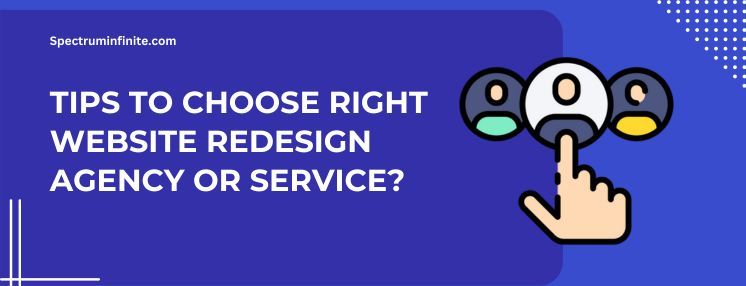
Here are some tips to help you choose the best option.
- Assess Their Portfolio: Look at their past projects to gauge their design style, creativity, and versatility.
- Check Client Reviews: Explore client testimonials and reviews to gain insights into their work ethics and customer satisfaction.
- Expertise and Specialization: Ensure that the agency has experience in your industry or with similar projects, as this can streamline the design process.
- Collaboration and Communication: Effective communication is crucial. Opt for an agency that values your input and keeps you informed throughout the process.
- Alignment with Your Goals: Choose an agency that understands your brand and business goals, and can translate them into a design that resonates with your audience.
- Budget Considerations: While quality comes at a price, find an agency that offers
- Spectrum Infinite: At Spectrum Infinite, we specialize in website redesign. Key benefits: Direct communication, Rush services at no extra cost, Speedy results, Hassle-free updates. Contact us for more information.
How Long Does a Website Redesign Take?
The duration of a website redesign varies based on factors like project complexity, site size, and resources.
Simple redesigns might take weeks to a few months, while complex ones, with multiple pages and major changes, could span several months.
Clear communication with your chosen agency about timeline expectations is crucial.
4 Essential Pages for Your Website Redesign

In the grand symphony of website design, some pages play pivotal roles, setting the tone for your brand’s online narrative. As you embark on your website redesign, make sure these four essential pages are expertly orchestrated:
Homepage: The Grand Overture
The homepage is your digital welcome mat—an introduction to your brand’s identity and offerings. Design it to capture attention, highlight your value proposition, and provide clear navigation pathways.
About Us: Crafting Your Brand’s Tale
The “About Us” page is your storytelling platform. Here, you have the opportunity to humanize your brand, share your journey, values, and team members, building trust and connection with your audience.
Products/Services: Showcasing Your Masterpieces
This is the spotlight for your offerings. Use striking visuals, informative descriptions, and compelling CTAs to guide visitors towards your products or services.
Contact Us: The Bridge of Connection
The “Contact Us” page bridges the gap between you and your visitors. Provide multiple communication options, including a contact form, email, phone number, and even a physical address if applicable. Make it easy for users to get in touch.
Website Redesign Examples: Before and After

Witnessing real-world transformations can provide valuable insights into the power of effective website redesigns. Here are a few compelling examples:
PearlsOnly: From Cluttered to Captivating
PearlsOnly, an eCommerce platform, underwent a complete redesign that decluttered their interface, simplified the navigation, and emphasized their stunning products. The result? Increased engagement, improved user experience, and a significant boost in conversions.
Lyyti: Navigating Clarity
Lyyti, a software company, revamped their website, focusing on clarity and value communication. By simplifying their messaging, streamlining navigation, and employing clean design, they managed to capture more leads and convey their software’s benefits effectively.
Majestic Wine: Refined Retail Experience
Majestic Wine, a specialty retail brand, embarked on a redesign journey to enhance user experience. They incorporated intuitive navigation, a seamless checkout process, and personalized recommendations. The outcome? A more enjoyable shopping experience, increased sales, and higher customer satisfaction.
